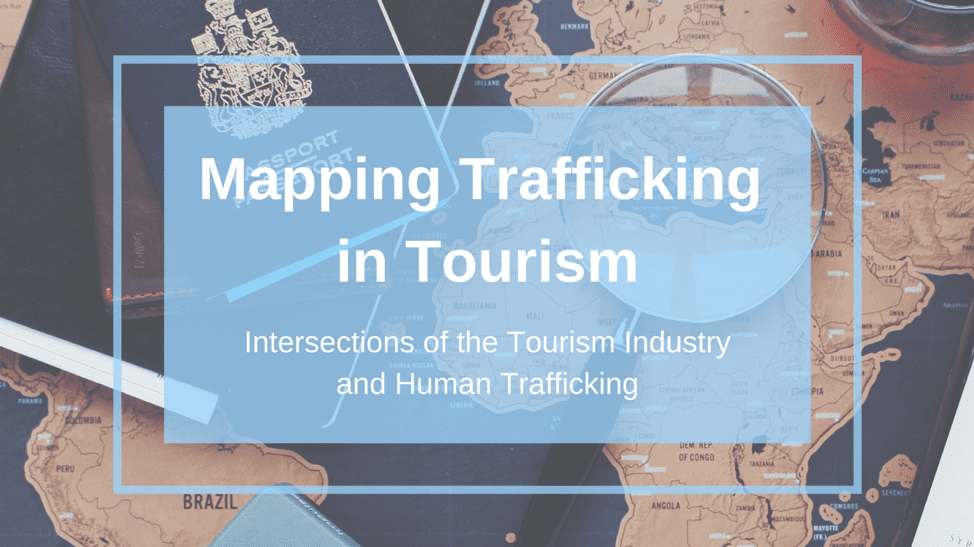
Tourism and Trafficking
By: Talia Dunyak
Prior to the pandemic we were in a tourism boom, with international and domestic travel becoming easier, cheaper, and more accessible each year. With the rising popularity of international travel and tourism, the negative effects of the industry are becoming more apparent. These negative effects include everything from environmental degradation to the commodification of culture, but one particularly heinous side of the industry is the connection between human trafficking and tourism.
Several factors make the tourism industry especially vulnerable to human trafficking and modern slavery. The relative anonymity provided by the frequent changeover of guests allows for trafficking victims to slip by unnoticed in hotels and airports. This is especially true of sex traffickers, who may be using hotels and motels as part of their operation. The commonplace use of subcontractors for construction workers, security guards, wait staff, and cleaning or maintenance staff creates increased vulnerability for labor trafficking within the tourism industry itself.
A new report by Human Trafficking Search maps the intersections of modern slavery and the tourism and travel sector by examining the industry’s direct and indirect connections to both sex and labor trafficking. These connections include:
Sex Trafficking
The practice of sex tourism and child sex tourism as well as the use of hotels in sex trafficking are some instances of the overlap between the travel industry and modern slavery. Sex tourism is found in both countries where prostitution is legal and illegal. However, in both cases, the sex tourism industry includes a mix of sex trafficking victims and others who have entered the sex work industry willingly. However, a more insidious side of sex tourism exists, which is child sex tourism. There is some evidence of pedophile tourists, who travel for the explicit purpose of child sex tourism; however, most tourists do not travel for the sole purpose of sex tourism or child sex tourism. Outside of the connections between sex tourism and human trafficking, hotels and motels are often used by sex traffickers during their operations.
Labor Trafficking
The tourism and travel industries are by nature a global industry, which leads to increased opportunities for labor trafficking and exploitative practices, especially in regions of the world with weak labor and social protections. The use of subcontractors during the hiring process, weak labor regulations, and heavy reliance on seasonal labor all increase the likelihood of labor exploitation and trafficking in the tourism and lodging industries. Additionally, children are at a greater risk of exploitation due to the proliferation of child labor and forced begging within the tourism sector. Due to complex and opaque supply chains, hotels, motels, and tourism-related businesses may have modern slavery in the supply chain, as well.
By highlighting the different types of human trafficking present in the supply chain, this report sheds light on problems facing the tourism and travel industry as a whole. With the current slowdown of international tourism due to the Covid-19 pandemic, there is an unprecedented opportunity for the industry to address the negative aspects of international travel, including human trafficking. The report concludes with a discussion of current interventions and recommendations for combatting modern slavery in tourism and travel. Addressing modern slavery in the tourism and travel industry will require changes from individuals, businesses, and governments.
Talia Dunyak wrote this blog when she was a research fellow at Human Trafficking Search
